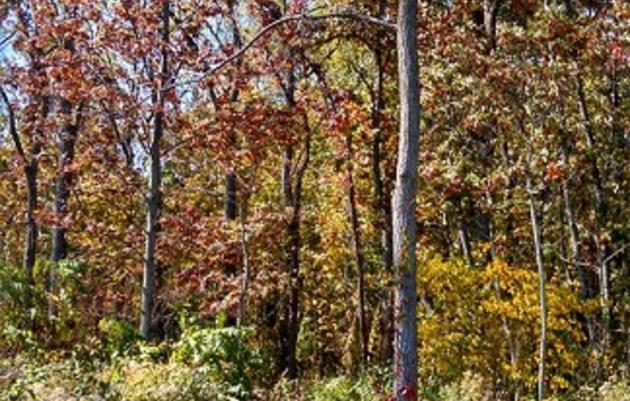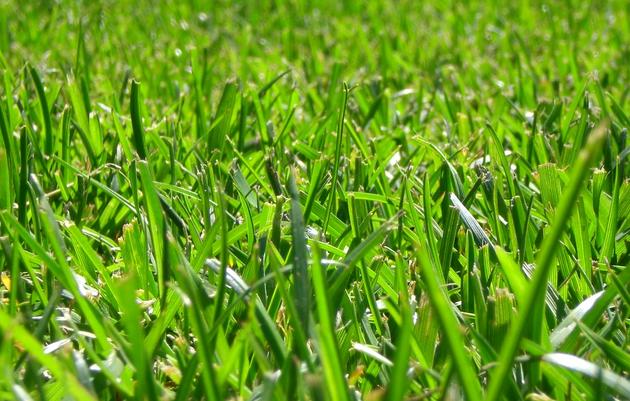As a doctor, Diane Lewis has dedicated most of her life to make sure people stay healthy. And what she discovered might sound too obvious: it all starts with the quality of water. But here’s something you might not know: your backyard may have something to do with the contamination of your water. How? By using pesticides.
According to USDA statistics, over 80 million pounds of pesticides are used on 30 million acres of lawns across the United States. Part of these chemicals get absorbed into the groundwater and some more gets washed off to our other water sources, like lakes and rivers.
“I figured that since the most widespread source of contamination in our drinking water is the chemicals we use on our yards and wash down our drains, it would be easy to fix. All we need to do is stop using pesticides in our gardens and washing drugs down the drain. That’s how The Great Healthy Yard Project was born,” says Lewis.
The book was launched in 2014, just after studies from the U.S. Geologic Survey showed that there was at least one pesticide in almost every single river and lake they tested. What’s more: anywhere between 50 to 70% of those water sources in the Northeast were deemed as being of poor quality to support life because of the amount of fertilizers found on them.
Since 2015, The Great Healthy Yard Project has been travelling around the country, having people sign a pledge to combat fertilizers and garden pesticides.
The book includes a through explanation of how we can get rid of contaminants in our garden and aims to make people find innovative solutions to keep pests away without the use of chemicals.
Lewis explains in her book that this situation is not only bad for humans: “According to the U.S. Fish and Wildlife Service, 75 million birds die each year from pesticides in our garden. If it’s not good for them, it’s not good for us either. Protect yourself, and your children.”
If you ever wondered how we each can do our part to keep our water sources clean, this book is a must-read.






